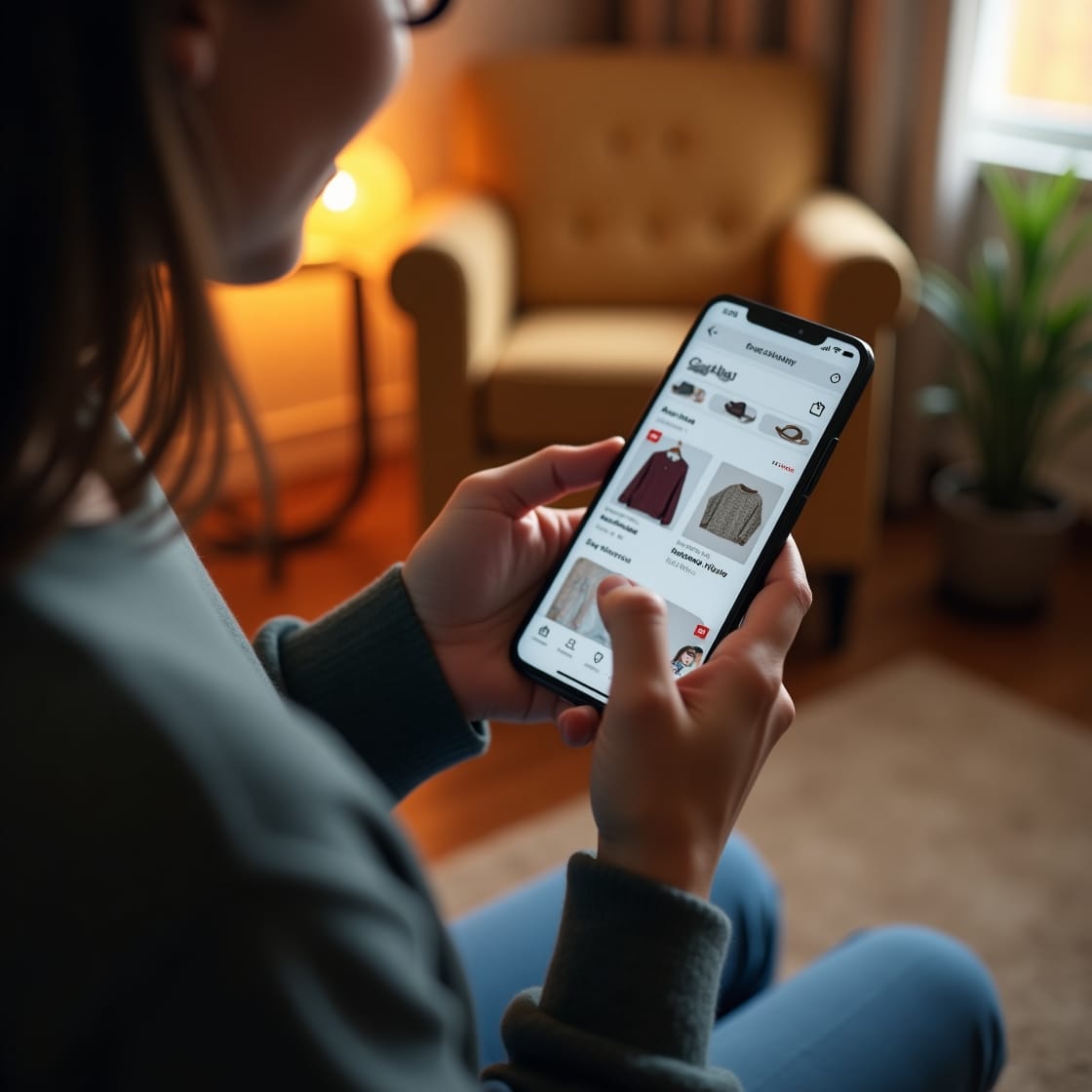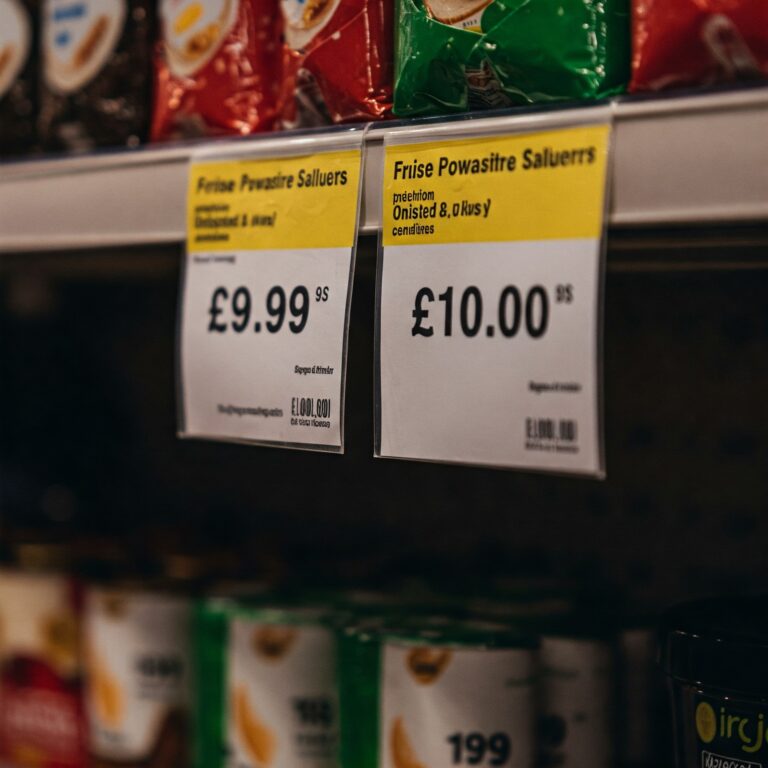Introduction to E-Commerce Personalisation Strategies for Online Success
Online shoppers want effortless experiences—no mental gymnastics, no treasure hunts. They crave simplicity. Enter e-commerce personalisation strategies: a data-backed way to transform your online store into a tailored haven that feels like it was designed just for them.
Competing in today’s digital marketplace demands personalisation to succeed. Imagine treating your e-commerce site as a friendly chat. If you remember a shopper’s favourite coffee, crack a joke about their top TV show, and mention their dog’s adorable name, they’re more likely to make a purchase. When your site gets it right, customers are more inclined to buy.
This guide is here to dig into how personalising e-commerce boosts conversions and keeps customers coming back for more, using the magic of data. We’ll also explore practical strategies that are easy to scale and make shoppers happy. Let’s transform heaps of data into dollars.
How E-Commerce Personalisation Influences Shopper Behaviour
Personalisation isn’t just about slapping someone’s name in an email or offering random discounts. It’s a precise cocktail of data and psychology—tapping into what makes us tick. Think of it as the digital equivalent of a shopkeeper remembering your name and favourite order.
What Makes Shoppers Prefer Personalised Online Experiences
- Ease of Choice: When shopping suggestions match our likes, picking is quick and easy. Clicking “Add to Cart” becomes a breeze.
- Trust and Reliability: Personalised shopping makes it feel like the shop really knows you. This builds trust and turns occasional shoppers into loyal ones.
- Give and Take: When brands put in the effort to know their customers, people often give back with their loyalty and purchases.
Here’s the scoop: 71% of customers feel frustrated when their experience isn’t personalised. E-commerce personalisation doesn’t just meet expectations; it goes beyond them, encouraging shoppers to stick around rather than wander off to other brands.
Types of E-Commerce Personalisation That Drive Conversions
E-commerce personalisation varies widely, from tailored suggestions to dynamic webpages. Let’s check out the top ways to personalise online shopping and boost customer interest and sales.
Personalised Shopping on Your Website
- Custom Product Suggestions for Each Shopper: Like “Frequently Bought Together” combos or “You Might Also Like” features, these make shopping easier. Personalised product recommendations account for up to 31% of e-commerce site revenues.
- Personalised Homepages to Enhance Engagement: Dynamic homepages that recall past shopping behaviours or interests grab your attention immediately. Returning visitors might see “Welcome Back! Here Are Your Top Picks.”
- Intuitive Search Features: Predictive search functions that pop up suggestions as you type can really cut down bounce rates. Big names like ASOS utilise these for a reason.
Personalised Email Marketing Tactics
Individually targeted emails remain a strong tool in e-commerce. Here’s how you can get it right:
- Personal Subject Lines: For instance, “Anna, Check Out Your Weekend Specials” works far better than a standard headline.
- Audience Segmentation: Break down your audience based on behaviours, locations, or preferences. Sending winter styles to those in chilly areas gets better engagement than a broad approach.
- Dynamic Content: Use changing content in emails that adjusts to the reader’s preferences, like special discount codes or personalised product views.
Targeted Advertising Based on Shopper Behaviour
- Retargeting Browsers: Ever looked at a product and later it seems to follow you online? Retargeting keeps products in mind that shoppers nearly bought but didn’t. It’s effective, even if slightly pushy.
- Location-Based Offers: Send out localised deals to those near your actual stores, urging them to pop by. This ties personal e-commerce with real-life shopping excitement.
- Audience Lookalikes: With sites like Facebook, brands can find their super fans and target other similar users. It’s a clever way to keep engagement up with high chances of converting.

E-Commerce Personalisation Success Stories
- Amazon’s Clever Systems: Their recommendation engine, with suggestions like “Customers who viewed this item also viewed,” is second to none in driving sales.
- Spotify’s Tailored Tunes: Personalised playlists such as “Discover Weekly” keep users loyal and engaged.
- NikeID Designs: By letting customers customise their trainers, Nike delivers unique experiences and persuades buyers to spend more.
When done thoughtfully, personalisation changes a regular shopper into a long-term friend of the brand.
Using Behavioural Economics in Personalisation Strategies
Let’s borrow a trick from behavioural economics. Have you ever noticed how Amazon nudges you with “Only 3 left in stock”? That’s scarcity bias at work. Personalization strategies can tap into similar principles, leveraging human quirks like loss aversion or the paradox of choice.
How Loss Aversion Encourages Shoppers to Act
A customer abandons their cart? Hit them with a personalised email: “Your favourites are waiting—and selling fast!” This reminds them of what they’re about to lose, rather than what they’ll gain, sparking action.
Simplifying Shopper Decisions With Personalisation
Too many options can overwhelm buyers. By curating recommendations based on past behaviour, you turn “choice paralysis” into “effortless decisions.” Think fewer options, more clicks.
Example: Netflix. Their “Top Picks for You” isn’t just a helpful feature—it’s a masterstroke in cutting decision fatigue.
Practical Application:
- Use urgency signals in emails (“24-hour deal for your cart”) to spark instant conversions.
- Display curated options on homepages for returning customers to reduce decision-making stress.
- Make personalised product bundles based on purchase patterns to ease decision overload.
Practical Insights for Personalisation Success:
When users feel their shopping journey aligns with their personal preferences, trust and loyalty naturally follow. Trust isn’t built with grand gestures—it’s in the thoughtful details, like anticipating their needs before they articulate them.
How Data Powers E-Commerce Personalisation Strategies
Personalisation relies heavily on one thing: data. Without reliable data, crafting unique experiences is like shooting in the dark. But remember, collecting relevant data is just as crucial as having lots of it.

Key Data Sources for Personalisation Success
- Demographics: Knowing a user’s age, gender, income, and home helps to build a basic picture of your shoppers.
- Shopping Behaviour: Observing how visitors use your site, from searches to clicks.
- Past Purchases: Previous buying habits are key for suggesting the right products.
- Customer Feedback: Surveys or reviews often reveal trends that can drive personalisation.
How to Collect and Organise Data
- Surveys and Requests: Offer discounts for users willing to share a bit about their likes.
- CRM Tools: A platform like HubSpot helps manage data and turn it into user insights.
- Tracking Technologies: Using cookies or tracking, such as with Facebook, follows user activities in a smart way.
Step-by-Step Plan for Personalising E-Commerce
Follow this plan to personalise your e-commerce store effectively.
- Check Your Data: Use tools like Google Analytics to spot any weaknesses in how you collect data.
- Divide Customers Smartly: Begin with easy categories such as “New Visitors” and “Returning Visitors” and fine-tune with time.
- Experiment With A/B Testing: Test out personalised features—like emails and product ideas—to see what clicks with your audience.
- Invest in Tools: From Monetate for site experience to Klaviyo for email campaigns, using software can make the task simpler.
- Optimise for Mobile: Heading into 2025, mobile now makes up over 70% of all e-commerce traffic, it’s vital that your strategies are mobile-friendly.
- Keep Tabs on ROI: Monitor metrics like click-through rates or cart abandonment to track how well your personalisation strategy is doing.
Boost Your Conversions Using E-Commerce Personalisation Strategies
E-commerce personalisation isn’t just a fancy concept—it’s the trick to winning over customers, making more sales, and driving revenue up. It’s about more than just collecting data; it’s about connecting personally with customers through thoughtful touches. Done right, personalisation takes routine shoppers and turns them into passionate supporters of your brand.
Don’t delay—start making those enhancements now. With careful planning, e-commerce personalisation will turn your site into a conversion powerhouse, delivering the kind of easy and pleasing online experiences that your customers desire. Make your store stand out—and enjoy the benefits of a personal approach. Your bottom line will be all the better for it!





